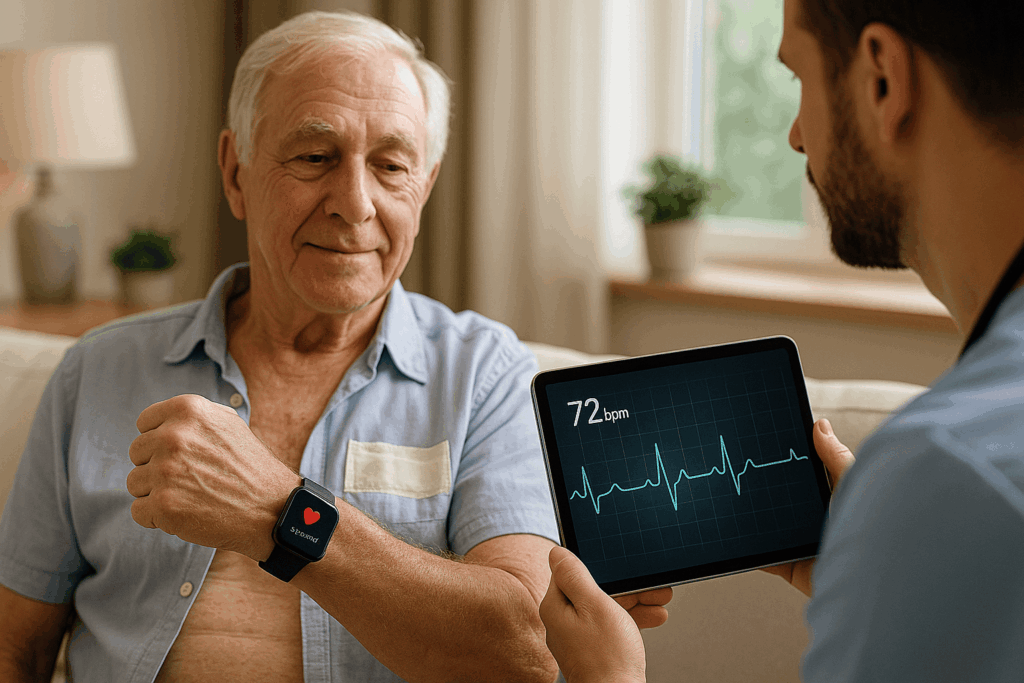Wearables and post-surgery: smart monitoring for patient recovery

Wearable devices are increasingly being used for the remote monitoring of adult patients in the post-operative phase, especially in the cardiovascular field. Thanks to integrated sensors such as accelerometers and heart rate monitors, it is possible to collect real-time data on physical activity and functional recovery, allowing for continuous evaluation of post-surgical progress. The analysis of this data enables early detection of potential issues, reduces the risk of complications, and optimizes clinical management. Integrating these technologies improves the quality of home care while reducing pressure on the healthcare system. Some limitations remain, related to data quality, the need for reliable predictive models, and full integration with digital health infrastructures. Proactive monitoring supported by wearables fits into a broader transformation toward personalized, prevention-oriented medicine.
Artificial intelligence and medicine: a strategic alliance for the future of health

Artificial intelligence is playing an increasingly important role in healthcare, helping improve diagnoses, treatments, and patient management. With the ability to process large volumes of clinical data, AI algorithms support healthcare professionals in areas such as radiology, oncology, and predictive and personalized medicine. This text explores the main applications, the expected benefits in terms of efficiency and accuracy, and the challenges related to ethics, regulation, and integration into clinical settings.
How remote monitoring and digital healthcare are transforming medical care in Italy

Digital healthcare and remote monitoring are transforming medical care in Italy, making treatment pathways more proactive, personalized, and accessible. Thanks to PNRR investments and the growing adoption of technologies such as telemedicine, wearable devices, and health data management platforms, doctors and patients can now collaborate more effectively, reducing avoidable hospitalizations and improving quality of life, especially for chronic patients. Regional initiatives and the development of national platforms like AGENAS are driving the system toward a more distributed model of territorial healthcare. Challenges remain around interoperability, training, and financial sustainability, but the benefits for the National Health Service and citizens are already clear.
